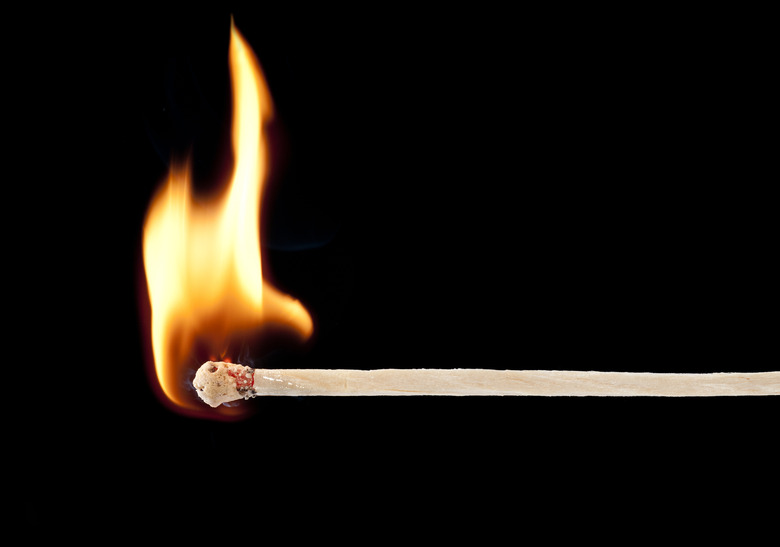Every chemical reaction either absorbs or releases energy. Energy is described in kilojoules per mole, which is a unit of measurement reflecting the amount of energy stored within a material. To determine how your chemical reaction is using energy, you will need to take specific measurements of the reaction itself, then calculate those values using a standard equation. These steps are recommended for those with a basic understanding of working with chemical reactions. Make sure that you are wearing proper safety equipment and that you are familiar with the chemicals being used.
Step 1
Research the specific heat capacity value for your first reactant. See the Resource links for lists of the heat capacities of many common substances.
Step 2
Fill two separate containers with the reactants. Weigh each container to determine the mass of the reactant. Record these measurements in grams.
Step 3
Measure the temperature of the first reactant with a thermometer. Record this measurement.
Step 4
Add the second reactant to the first container. Measure the temperature of the combined reactants. Record this value.
Step 5
Insert the measurements taken from the previous steps into the following equation:
Energy = (mass of first reactant + mass of second reactant) x Specific Heat Capacity x (temperature of first reactant – temperature of combined reactants)
This equation will calculate the number of kilojoules per mole released by the first reactant. To determine the energy absorbed, assign a negative value to the equation’s solution.
Things Needed
- Two or more chemical reactants
- Two or more chemistry containers (flasks, beakers, etc.)
- Standard lab thermometer
- Notepad and pen
- Calculator (recommended)
- Safety goggles and gloves

